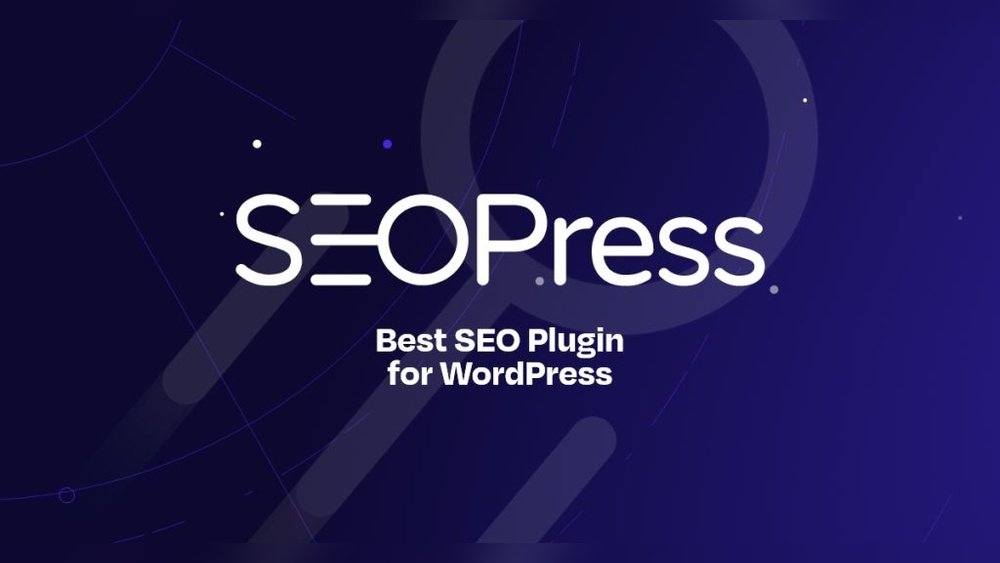In the fast-changing educational landscape, teachers are consistently juggling lesson objectives, student needs, assessments, and administrative duties. Fortunately, artificial intelligence (AI) is becoming a trusted side-kick — helping streamline planning, boost engagement, and free up more time for actual teaching. In 2025, several AI-powered tools stand out for their ability to simplify lesson planning and enhance teacher productivity.
Why AI is a Game-Changer for Lesson Planning
Here are three major reasons why AI tools are getting serious traction among educators:
-
Time savings – Teachers report that AI tools reduce time spent on planning, drafting, and resource-creation.
-
Better alignment & differentiation – Many tools help create lessons aligned to standards, with built-in support for varied learner levels.
-
Enhanced creativity & engagement – By generating ideas, prompts, visuals and student-activities, AI tools free teachers to focus more on facilitation and student interaction rather than starting from a blank page.
However: AI isn’t a full substitute for teacher expertise. Customization, review and adaptation remain critical to ensure appropriateness, relevance and quality of teaching materials.
Key Criteria to Choose an AI Tool for Lesson Planning
When selecting among dozens of AI-edtech tools, keep these criteria in mind:
-
Standards alignment: Does the tool support your national/state educational standards, grade level and subject?
-
Differentiation capability: Can it generate variations for mixed-ability students, advanced learners or remediation?
-
Content generation vs editing: Does it create full lesson plans, or primarily assist with parts (activities, slides, assessments)?
-
Integration & workflow: How easily does it integrate with your existing LMS, Google / Microsoft tools, or classroom workflows?
-
Teacher control & review: Are you able to edit, adapt and personalise the output (rather than just passive accept)?
-
Data-privacy & reliability: Particularly important in K-12 settings — how is student data handled?
-
Cost & scalability: Free tier vs paid, and how it scales for a single teacher or whole department.
Top AI Tools for Teachers in 2025
Here are six standout tools (suitable for lesson-planning) that many teachers are embracing in 2025:
1. MagicSchool AI
-
Built specifically for educators: Generate lesson outlines, objectives, activities, assessments, parent-communications.
-
Savings: Many teachers report up to 7–10 hours a week saved.
-
Good for: Teachers who want an all-in-one solution for planning + differentiation + communication.
-
Keep in mind: The generated content may need contextual tweaks (student profile, local standards) to maximise impact.
2. Eduaide.AI
-
Focuses on content creation: lesson plans, graphic organisers, worksheets, learning-objectives all at once.
-
Especially strong for differentiated instruction (varied levels within one class).
-
Good for: Teachers who want flexible, customisable materials quickly.
-
Tip: Review the outputs for subject-specific accuracy and align to your syllabus.
3. ClickUp (with ClickUp Brain)
-
Not exclusively for education but includes a powerful “Brain” module for lesson plan generation, integrated with project/task management.
-
Good for: Educators who need lesson planning plus classroom/project management (unit pacing, team collaboration).
-
Note: Might require more setup and workflow adaptation compared to education-specific tools.
4. Curipod
-
Turns topics or prompts into interactive slide-decks with polls, drawing prompts and discussion slides.
-
Best for: Engagement-rich lessons, especially when you want student participation, not just teacher-led slides.
-
Consider: Combine this with a broader planning tool to cover full lessons (objectives, assessments, etc.).
5. Khanmigo (by Khan Academy)
-
Conversational AI assistant for teachers: generate lesson ideas, follow-up questions, hook activities.
-
Especially useful in schools already using the Khan Academy ecosystem.
-
Caveat: May be less full-lesson oriented; supplement with other tools for full planning scope.
6. ChatGPT (by OpenAI)
-
A versatile general-purpose AI: use it to brainstorm lesson ideas, simplify complex concepts, draft parent-communications.
-
Good for: Teachers already comfortable with prompting and editing AI output.
-
Limitation: Not education-specific; you’ll need to ensure alignment, structure and correctness.
Best Practices When Using AI for Lesson Planning
To get maximum value — and avoid pitfalls — follow these tips:
-
Start with a clear prompt: e.g., “Create a 40-minute high-school biology lesson on photosynthesis with 3 activities and an exit ticket.”
-
Review and adapt outputs: AIs can generate decent frameworks but may miss local context, standards or student-specific needs.
-
Keep student data safe: Avoid uploading sensitive student information unless tool privacy and terms are clear.
-
Use AI as a partner not a replacement: Your professional expertise is crucial for eyeing pedagogical fit, differentiation and student engagement.
-
Evaluate and iterate: Try different tools or features, compare outcomes, and refine your workflow based on what works.
-
Check your school/district policy: Some schools have specific guidelines or restrictions for AI usage.
Final Thoughts
If you’re a teacher looking to simplify lesson planning in 2025, there’s no shortage of capable AI tools. The real value lies in selecting tools that meet your specific teaching context (grade level, subject, student needs), integrating them into your workflow, and maintaining teacher-led review and adaptation.
Tools like MagicSchool AI, Eduaide.AI and ClickUp give you strong planning infrastructure; Curipod and Khanmigo bring engagement and interactive elements; ChatGPT offers flexible brainstorming. The best approach: pick one or two tools, experiment with them this term, and build a hybrid workflow that saves time and lifts your teaching.
By embracing AI smartly, you can reclaim more time for one of the most important parts of teaching: connecting with students and guiding their learning — rather than getting bogged down in paperwork.





